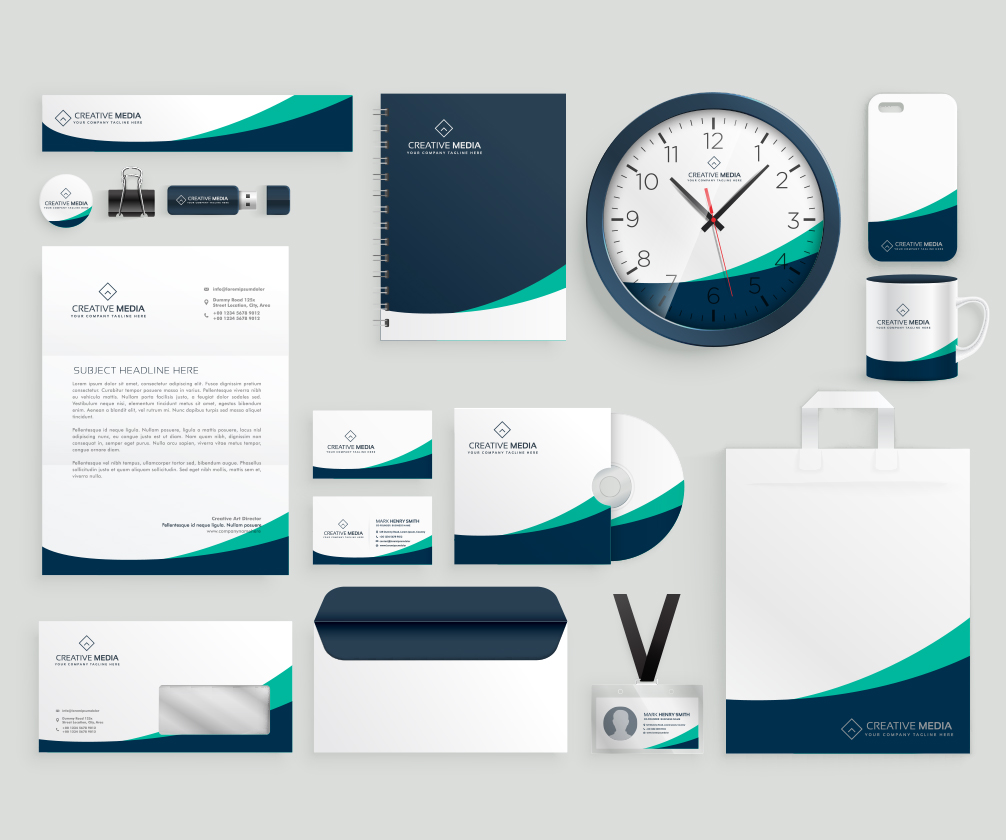In the fast-paced and highly competitive world of business, a strong and memorable brand identity is paramount. It is the cornerstone of a company’s image, representing its values, mission, and personality. This article delves into the intricate realm of brand identity design, exploring its significance, key elements, and the steps to create a compelling and enduring brand identity.
The Power of Brand Identity
Brand identity is more than just a logo or a catchy slogan; it is the visual and emotional essence of a brand. A well-crafted brand identity can:
Establish Trust and Credibility
A consistent and professional brand identity helps build trust with customers and partners. It conveys that your business is reliable and credible.
Create Recognition and Recall
Distinctive brand identity makes your business easily recognizable and memorable. Customers are more likely to choose a brand they can recall and trust.
Differentiate from Competitors
In a crowded marketplace, a unique brand identity sets you apart from competitors. It helps define what makes your business special and why customers should choose you.
Cultivate Customer Loyalty
A well-designed brand identity resonates with customers on an emotional level. It fosters a sense of connection and loyalty, encouraging repeat business.
Key Elements of Brand Identity Design
Creating a brand identity involves several key elements that work together to convey your brand’s essence:
Logo Design
The logo is the visual centerpiece of your brand identity. It should be unique, memorable, and reflect your brand’s personality. Consider the colors, typography, and imagery used in your logo.
Color Palette
Colors evoke emotions and can convey specific messages. Choose a color palette that aligns with your brand’s values and resonates with your target audience.
Typography
The choice of fonts and typography style should be consistent with your brand’s personality. Fonts can communicate professionalism, playfulness, or creativity.
Visual Elements
Beyond the logo, visual elements like patterns, icons, and illustrations contribute to the overall brand identity. They should be used consistently across all brand materials.
Voice and Tone
Define the voice and tone of your brand’s messaging. Are you formal, casual, humorous, or informative? Consistency in voice helps create a cohesive brand identity.
Mission and Values
Your brand identity should reflect your company’s mission and values. These core principles should shine through in all aspects of your branding.
Steps to Create a Compelling Brand Identity
Know Your Audience
Understand your target audience’s preferences, needs, and aspirations. Tailor your brand identity to resonate with them.
Research Your Competitors
Study your competitors’ brand identities to identify gaps and opportunities for differentiation. Aim to stand out while remaining relevant.
Define Your Brand Personality
Determine the personality traits you want your brand to convey. Are you innovative, trustworthy, eco-conscious, or adventurous? This sets the tone for your identity.
Create Your Logo
Design a memorable and versatile logo that encapsulates your brand’s essence. Seek professional help if needed, as your logo is a long-term investment.
Select Colors and Typography
Choose a color palette and typography that align with your brand’s personality. Ensure they are consistent across all materials.
Develop Visual Elements
Create a set of visual elements like patterns, icons, or illustrations that enhance your brand’s visual identity.
Craft Your Messaging
Develop a clear and compelling brand message that communicates your value proposition and resonates with your audience.
Build a Style Guide
Compile all the elements of your brand identity into a comprehensive style guide. This document ensures consistency in all branding materials.
Implement Across All Channels
Apply your brand identity consistently across all touchpoints, including your website, social media, marketing materials, and physical spaces.
Seek Feedback and Iterate
Copy code
Gather feedback from customers, employees, and stakeholders to refine your brand identity over time. It should evolve as your business grows.
Real-World Examples of Effective Brand Identity
Apple
Apple’s minimalist logo, sleek design, and clean typography reflect its commitment to simplicity, innovation, and user-friendly technology.
Coca-Cola
Coca-Cola’s bold red logo and iconic bottle shape have remained virtually unchanged for decades, symbolizing timeless refreshment and happiness.
Nike
Nike’s swoosh logo represents motion and speed, aligning with its brand message of athletic performance and determination.
Disney
Disney’s whimsical font and castle logo evoke a sense of magic, wonder, and family-friendly entertainment.
Starbucks
Starbucks uses a distinctive green color palette and a mermaid logo to create a sense of community and premium coffee culture.
The Ever-Evolving Journey
Brand identity design is not a one-time task but an ongoing journey. As your business grows and evolves, your brand identity should adapt to reflect your changing values, audience, and market dynamics. Continuously assessing and refining your brand identity ensures that it remains relevant and resonates with your audience.
conclusion
brand identity design is both an art and a science. It involves crafting a visual and emotional identity that captures your brand’s essence and speaks to your target audience. A compelling and consistent brand identity can be a powerful asset, differentiating your business in a crowded marketplace and fostering lasting connections with your customers.
References:

